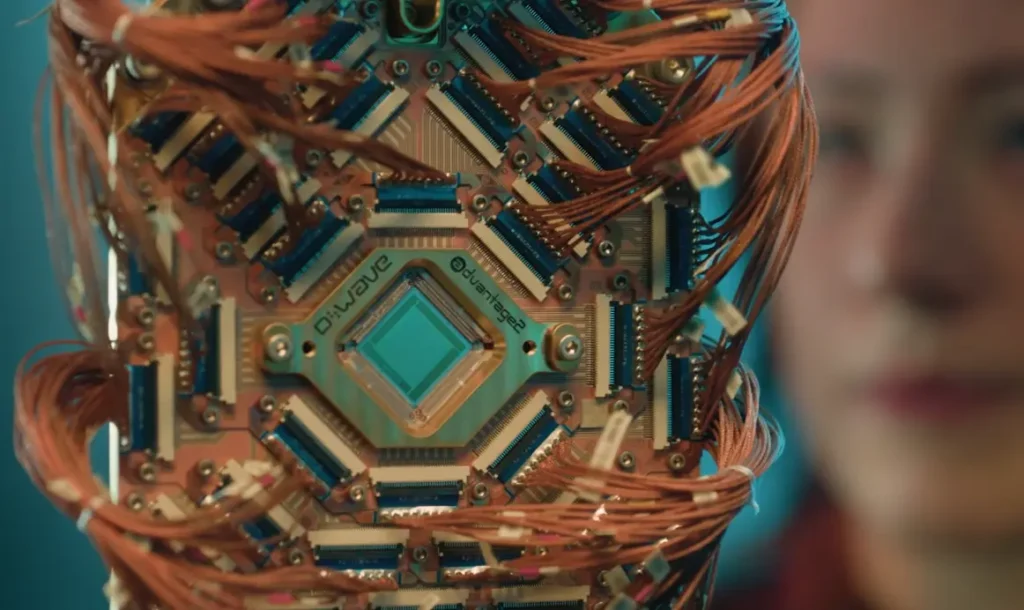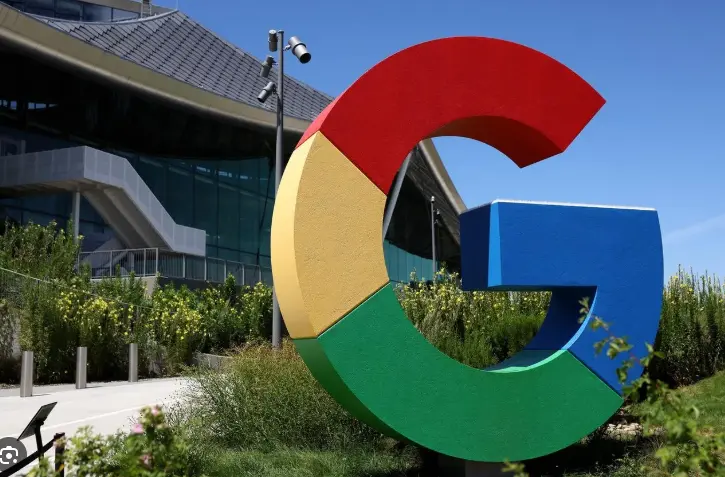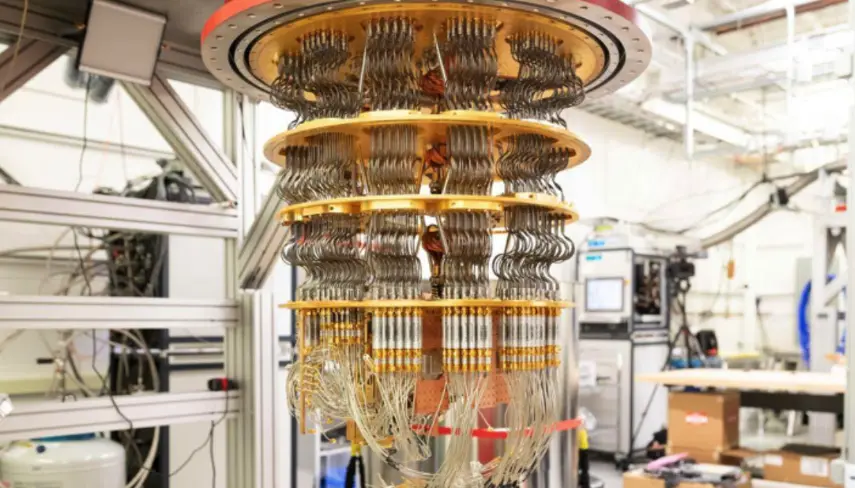A Decade long dream of disrupting the Limits of Computation power now seems to have fallen in the net.
Human advancements in the era of information age have stunned us time and again, However, we’ve started talking about that Quantum leap recently.
Is it possible to fuse the mind-bending principles of quantum mechanics with the transformative power of artificial intelligence (AI)?
Well, To answer that question, let us tell you that a new frontier is emerging that promises to redefine the boundaries of computation: Quantum AI, this groundbreaking field is poised to tackle problems once thought unsolvable, from revolutionizing drug discovery to cracking encryption that safeguards global systems.

In 2025, companies like Zapata, D-Wave, and IBM are leading the charge, harnessing quantum AI to process massive datasets at unprecedented speeds and unlocking a future where industries—from healthcare to finance—are transformed. This article delves into the latest advancements in quantum AI, its potential to reshape the world, and the challenges that lie ahead.
The Quantum Leap: Merging AI with Quantum Mechanics
At its core, quantum AI combines quantum computing’s ability to perform complex calculations with machine learning’s knack for finding patterns in data.

Unlike classical computers, which process information using bits (0s or 1s), quantum computers use qubits.
These qubits, thanks to quantum properties like superposition and entanglement, can exist in multiple states simultaneously, enabling exponential computational power for certain tasks. When paired with AI, this capability allows quantum systems to analyze vast datasets, optimize algorithms, and solve problems at speeds unattainable by even the most advanced classical supercomputers.
In 2025, quantum AI is still in its early stages, but its potential is already sending ripples across industries.

For example, Zapata Computing’s Orquestra platform integrates quantum and classical machine learning to optimize workflows in fields like chemistry and logistics. Similarly, D-Wave’s quantum annealing technology is being used to enhance AI models for tasks like supply chain optimization, where finding the best solution among billions of possibilities is critical. IBM’s Qiskit, an open-source quantum computing framework, is enabling researchers worldwide to experiment with quantum AI, democratizing access to this cutting-edge technology.
Revolutionizing Industries: Quantum AI’s Real-World Impact
The promise of quantum AI lies in its ability to tackle problems that are currently difficult or unsolvable to some extent limited by Conventional computing Technnology.
In healthcare, for instance, drug discovery is a painstaking process that can take years and a significant investment (billions of dollars). Quantum AI could change that by modeling molecular interactions with unprecedented accuracy. By simulating how molecules behave at the quantum level, companies like Merck are exploring quantum AI to identify promising drug candidates faster, potentially accelerating the development of life-saving treatments.

In 2024, Google’s Quantum AI team demonstrated a quantum algorithm that outperformed classical methods in simulating chemical reactions, a breakthrough that could shave years off pharmaceutical research timelines.
Beyond healthcare, quantum AI is poised to transform finance. Portfolio optimization, a computationally intensive task that involves analyzing countless variables to maximize returns while minimizing risk, is a perfect use case.
Goldman Sachs, in collaboration with IBM, is experimenting with quantum AI to optimize trading strategies, potentially giving financial institutions a competitive edge. Similarly, in cybersecurity, quantum AI could both threaten and strengthen encryption. While quantum computers may one day crack current encryption standards, quantum AI is also being used to develop quantum-resistant algorithms, ensuring data security in a post-quantum world.
Logistics and climate science are also reaping benefits. D-Wave’s quantum AI systems have been applied to optimize delivery routes for companies like Volkswagen, reducing costs and emissions. In climate modeling, quantum AI can process complex environmental datasets to predict weather patterns or assess carbon capture technologies with greater precision, aiding the fight against climate change.
Recent Breakthroughs: Pushing the Boundaries
Past year has seen a significant milestones in quantum AI. In early 2025, Zapata Computing announced that a hybrid quantum-classical algorithm that improved machine learning model accuracy by 30% for certain chemical simulations, a leap forward for industries reliant on material science. Meanwhile, D-Wave’s Advantage quantum computer, with over 5,000 qubits, has demonstrated practical applications in optimizing AI training processes, reducing the time and energy required to train large models. IBM’s 433-qubit Osprey processor, part of its quantum roadmap, is enabling researchers to experiment with quantum neural networks, a new class of AI models that mimic the human brain’s structure but operate on quantum principles.
Another great exciting development is the rise of quantum-inspired AI. These algorithms, developed by companies like Fujitsu, mimic quantum computing principles on classical hardware, offering a bridge to full-scale quantum AI. In 2024, Fujitsu’s quantum-inspired Digital Annealer solved a combinatorial optimization problem for a Japanese logistics firm 10 times faster than traditional methods, showcasing the immediate practical value of these hybrid approaches.
Challenges on the Horizon
Despite its promise, quantum AI is facing significant hurdles. Quantum computers are notoriously fragile, they require extreme conditions, such as temperatures near absolute zero to function properly. Qubit stability remains a challenge, as errors can disrupt calculations. Scaling quantum systems to handle practical, large-scale AI tasks is another obstacle, with current systems limited to specific use cases. For instance, while D-Wave’s quantum annealers excel at optimization, they are less suited for general-purpose computing, unlike IBM’s gate-based quantum systems.
The talent gap is another concern. Quantum AI requires expertise in both quantum physics and machine learning, a rare combination. Universities like MIT and Oxford are ramping up quantum computing programs, but the global demand for skilled researchers far outstrips supply. Additionally, ethical questions loom large. If quantum AI enables breakthroughs in encryption-breaking, it could destabilize global cybersecurity if not managed responsibly. Governments and organizations are already racing to develop quantum-safe encryption standards, with the U.S. National Institute of Standards and Technology (NIST) leading efforts to standardize post-quantum cryptography.
The Road Ahead: A Quantum Future
Looking forward, quantum AI’s trajectory is one of cautious optimism. By 2030, analysts predict the quantum computing market could reach $65 billion, with AI applications driving much of that growth. Collaborative efforts, like those between Google, Microsoft, and academic institutions, are accelerating progress. Google’s Quantum AI lab, for instance, is working toward “quantum advantage”—the point where quantum computers definitively outperform classical ones for practical tasks—potentially achievable within the next decade.





